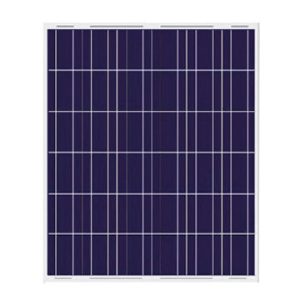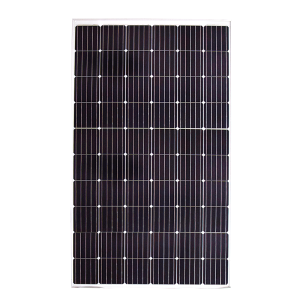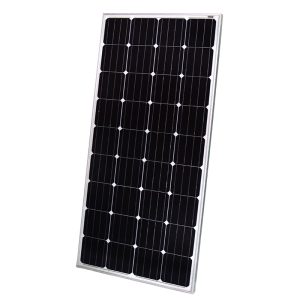Introduction
If you’re planning to install a 500-watt solar panel system, you must ensure that you have a reliable charge controller to maximize the efficiency of the system. A charge controller is a device that regulates the flow of electricity from the solar panels to the battery bank, preventing overcharging and damage to the batteries. In this article, we’ll explore everything you need to know about charge controllers for 500-watt solar panel systems.
What is a Charge Controller?
A charge controller is a vital component of a solar power system that regulates the voltage and current coming from solar panels to the battery bank. It prevents overcharging and damage to the battery bank, which can significantly reduce the battery’s life. Charge controllers come in different sizes and types, and the best one for your system depends on factors like the size of your solar panel system, the type of batteries, and the weather conditions in your location.
Types of Charge Controllers
T PWM and MPPT.
PWM Charge Controllers
PWM (Pulse Width Modulation) controllers are the most common type of charge controllers used in solar panel systems. These controllers work by gradually reducing the amount of energy sent to the battery bank as it reaches its maximum capacity. PWM controllers are suitable for smaller solar panel systems and are less expensive than MPPT controllers.
MPPT Charge Controllers
MPPT (Maximum Power Point Tracking) controllers are more advanced than PWM controllers and are better suited for larger solar panel systems. These controllers use advanced algorithms to track the maximum power point of the solar panels, ensuring maximum power output. MPPT controllers are more expensive than PWM controllers but provide better efficiency and savings in the long run.
Charging Capacity of Charge Controllers
The charging capacity of a charge controller is an important factor to consider when choosing the right controller for your 500-watt solar panel system. The charging capacity of a charge controller is measured in amps and should be able to handle at least 25% more current than the total current output of the solar panels.
Features to Look for in a Charge Controller
When choosing a charge controller for your 500-watt solar panel system, t
Voltage Regulation
The charge controller should be able to regulate the voltage of the solar panels coming into the battery bank. This ensures that the batteries are not overcharged, which can lead to damage and reduced battery life.
Temperature Compensation
Charge controllers that come with temperature compensation features adjust the charging voltage to compensate for temperature changes in the battery bank. This ensures that the batteries are not damaged due to temperature fluctuations.
LED Indicators
LED indicators on the charge controller provide information about the status of the solar power system, including battery voltage, charging current, and other important data.
Conclusion
In conclusion, a charge controller is an essential component of a 500-watt solar panel system, and choosing the right type and size is crucial for maximizing the efficiency and lifespan of your system. When selecting a charge controller, consider factors like the size of your solar panel system, the type of batteries, and the weather conditions in your location. Look for features like voltage regulation, temperature compensation, and LED indicators to ensure the best performance of your solar power system.
What type of charge controller do I need for 500 watts solar panel?
A: For a 500-watt solar panel system, you should use a charge controller that can handle at least 40 amps of current. You can use a PWM or MPPT charge controller, depending on your system’s voltage and battery type. A PWM controller is more cost-effective and ideal for small solar systems, while MPPT controllers are generally more efficient in converting solar energy and are a better fit for larger systems.
Can I connect multiple 500 watt solar panels to a single charge controller?
A: Yes, you can connect multiple 500-watt solar panels to a single charge controller. However, you need to ensure that the charge controller can handle the total current produced by all panels combined. Divide the total wattage of your solar panels by the battery bank voltage to get the total amperage. Make sure your charge controller’s amperage rating is higher than this number to avoid overloading.
Do I need a charge controller for a small 500 watts solar panel system?
A: Yes, you still need a charge controller for a 500-watt solar panel system, even if it’s small. Charge controllers regulate the voltage and current going to your batteries to avoid overcharging and extend their lifespan. Even if your system is small and you have only one battery, a charge controller is still essential to protect your battery and ensure maximum energy efficiency.



